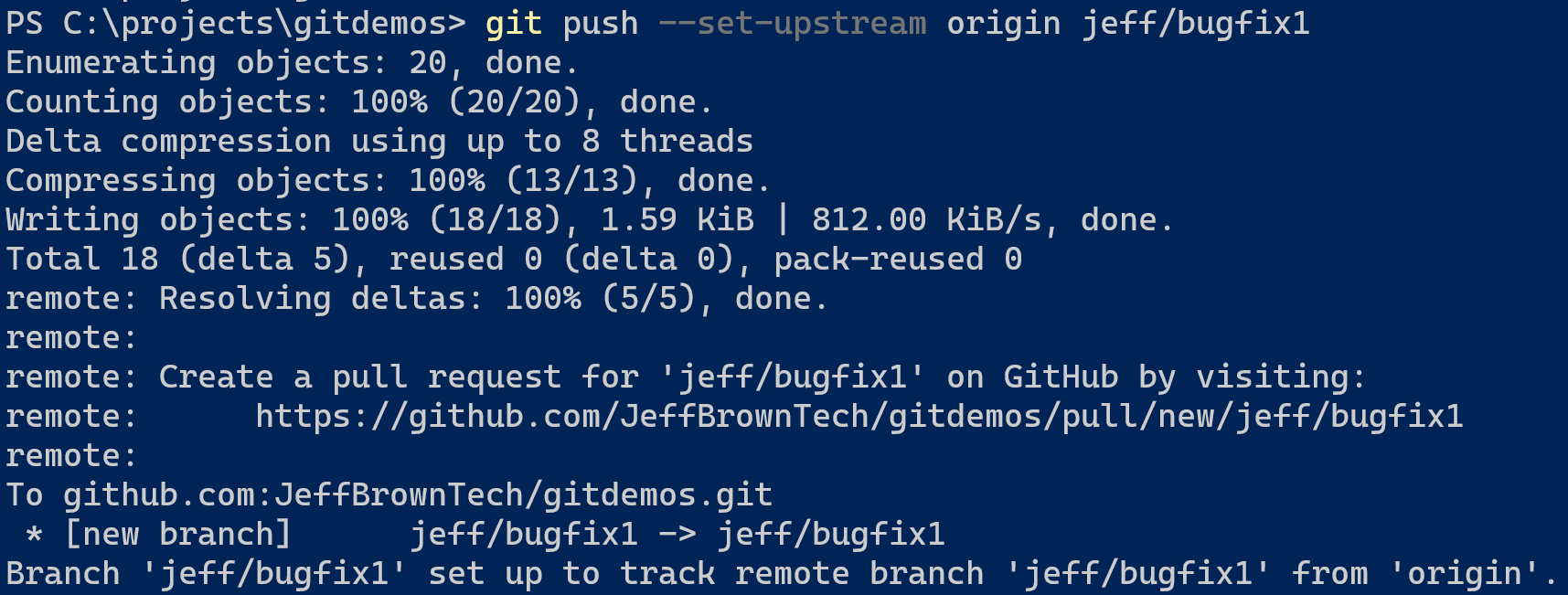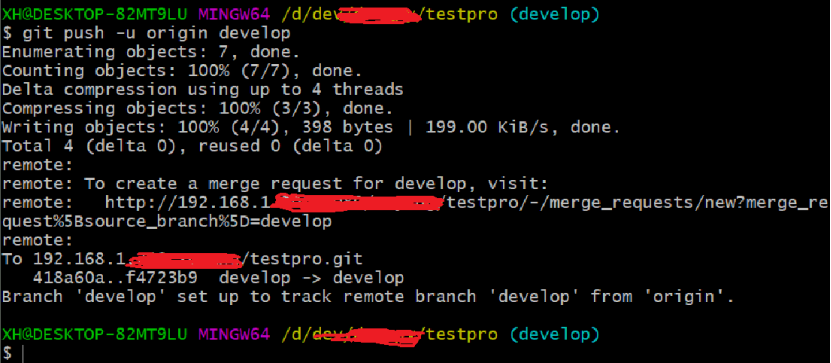

Once features are implemented, they are merged into the testing branch and deployed to the testing environment for quality assurance and testing.Developers work on bugs and features in a development environment.In that case, the workflow might look like this: Your workflow will usually include at least three environments: Development, Testing, and Production. The Workflowĭeployments should be treated as part of a development workflow, not as an afterthought.

These guidelines are not intended as an all-or-nothing proposition, and many installations could benefit from employing even a subset of the recommendations contained herein.įor any enterprise-grade system, Inductive Automation highly recommends employing all the techniques covered in this document. Some users start from a different architecture or different model and move toward this, and some users may never choose to employ all recommendations. This guide is aimed at Ignition users who are looking to set up a scalable, flexible, enterprise-grade system. Having a solid deployment workflow allows for better change management, minimizes mistakes, and leads to a more productive team.
#Git set upstream how to
This guide is aimed to help you better understand how to deal with deploying Ignition applications and provides some best practices for setting up your development and testing workflow. Third-Party Module Showcase Made to extend Ignition's functionality.Ignition Exchange Community-made Ignition resources.Ignition Maker Edition Made for hobbyist and educational use.Ignition Edge Made for field and OEM devices at the edge.Ignition Cloud Edition Made for extending operations with trusted cloud providers.


 0 kommentar(er)
0 kommentar(er)
